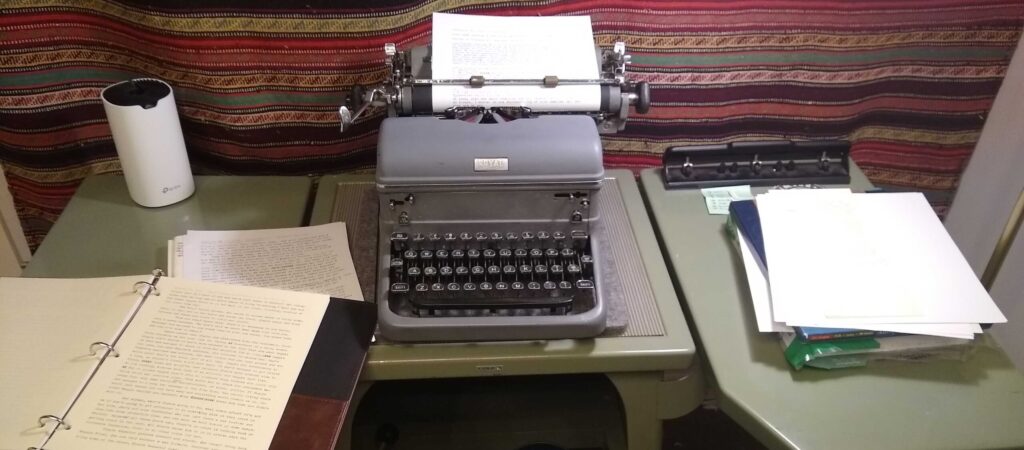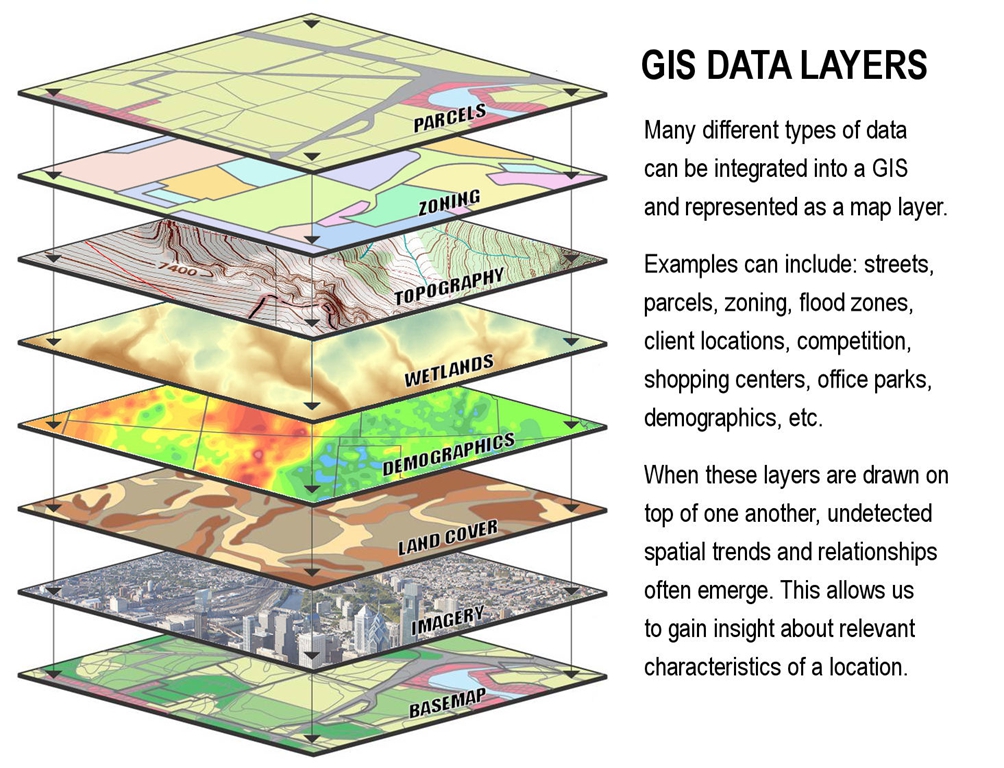As I near the end of the current draft of my novel, I’m becoming more conscious of the weird gamut of emotions I’m experiencing. On the one hand, I love that I’ll soon get to read this latest version of my novel from start to finish. On the other, I begin to doubt and worry about all the the things I still need to do.

A New Version Awaits
This will be draft number four of this particular novel. I’m not a very fast writer, the words coming in waves. Each wave subsides as I troubleshoot my way into the next one.
I need to proceed with deliberateness in order for things to make sense, to provide context, and to create a richer story than the last time around. If you’ve ever turned layers on on a map, say streets, water, electric, property lines, flood zones, etc., this is a pretty good indicator of what I’m talking about.
With the layers off, you know you’re somewhere, but once you start adding that context, things begin to become clearer and you get a better understanding of how things work and are able to grasp the bigger picture.

No matter how many times I read my work, I can always pick out things that can be better. This may just be the human condition, but it’s also part of the disconnect of the story in your head and the simulacrum you are able to get down on paper. However, with each draft, what’s on paper grows more satisfying.

The title of John McPhee’s book, Draft No. 4, refers to McPhee’s practice of rewriting drafts multiple times and the importance of revision in the writing process. Through subsequent revisions, a writer refines their thoughts, clarifies their arguments, and polishes their prose.
There are other examples of this phenomenon, but, as a fan of McPhee’s, I gravitate toward his explanation, probably because it’s not so prescriptive. To me, one of the most gratifying things about writing is seeing a story progress from a vague shape to something concrete and substantial.
The Other Shoe
The down side to finishing a draft and reading through it is how the process reveals all the good intentions that have yet to come to fruition. You spot the as-of-yet unfinished thoughts, the thinness of more recently incorporated ideas. It reminds of seeing a move for the second time, expecting it to make you feel the same way it did after you saw it the first time.

In this case, while you were writing is equivalent to the first time you saw the movie. While you’re writing, your mind spins with visions of the story playing out, evolving in real time as you choose your words, edit on the fly and living the story. It’s an emotional experience, rife with feeling and vibes, inspiration and aspiration.
Reading the draft is equivalent to seeing the movie for the second time. You come to it with high hopes, but you can’t help but be more analytical about it. The path is more familiar and you remember what you were trying to do with each scene. Here you find out whether you came close the vision in your mind’s eye or if it came out thin and bare on the page.
Chances are it’s a mixed bag, but I tend to focus on everything that still needs attention and undermine the joy of completing the draft (which is a huge accomplishment!). As a result, I experience discontentment and no small amount of overwhelm at the prospect of the next round of edits.
Net Gain
Ultimately, I’ll take the downside to finishing a draft every time because it means I’m getting closer. If there’s one thing writing has taught me, it’s delayed gratification. Most days, I’m working on a scene, or a part of a scene, trying to juggle a bunch of information in my head (and dropping a fair amount). After agonizing over word choice, sentence and paragraph structure, dialog and beats, it’s somewhat of a relief to come at the story from a higher level and see if it’s all hanging together.
When I finish this latest draft, I plan to take a moment to celebrate and bask in the good stuff more than I would normally do. And then I’ll roll up my sleeves and get on with the next draft.
